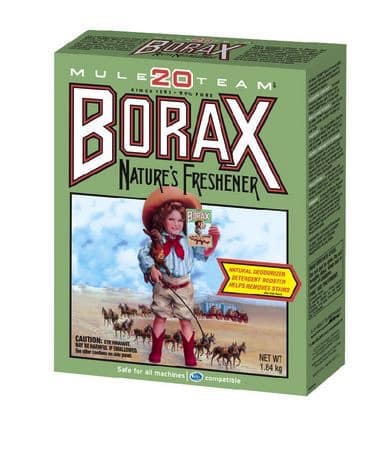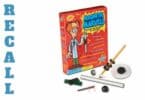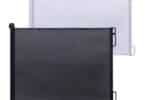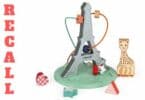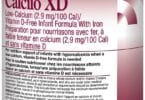From flubber to bouncing balls and crystals, Borax is used in a large number of crafts and experiments for kids. But could there be health risks associated with using this powder around kids and pregnant women?
Health Canada thinks so, and are advising Canadians to avoid homemade craft and pesticide recipes using boric acid.
Sold as a laundry booster, Borax is also a great household cleaner and a more eco-friendly option than other petroleum-based cleaning products.
A recent draft risk assessment by Health Canada has found that overexposure to boric acid has the potential to cause developmental and reproductive health effects. Since Canadians are already exposed to boric acid naturally through their diets and water, Health Canada is advising that exposure from other sources should be reduced as much as possible, especially for children and pregnant women. The concern is not with any one product, but rather multiple exposures from a variety of sources.
With this in mind, the department has also announced that registrations for certain pesticides that contain boric acid, which are commonly used in homes, will have their registrations cancelled and be phased out of the marketplace. As well, new, more protective label directions are being introduced for other boric acid pesticides that continue to be registered in Canada (for example, enclosed bait stations and spot treatments using gel formulations).
Health Canada is asking Canadians to minimize their exposure to boric acid from sources other than food and water.
Here are some steps you can take.
- Use recipes to make children’s arts and crafts at home (e.g. slimes) that do not contain boric acid. Do not use boric acid to make homemade pesticides.
- Check the product label for terms such as “borax” and “boron-containing”. You can also contact the manufacturer to find out if their products contain boric acid.
- Follow all directions on cleaning products. Store cleaning products out of sight and reach of children.
- Dispose of chemicals properly based on the manufacturer’s directions.
- Use health products that have a drug identification number (DIN), natural product number (NPN) or homeopathic medicines number (DIN-HM). These numbers mean the product is regulated under the Food and Drugs Act and has been reviewed by Health Canada.
If you have a pesticide with any of the following ingredients on the label, check Health Canada’s new pesticide label search mobile app for the most recent product information and label instructions:
- boric acid
- borax (disodium tetraborate pentahydrate)
- borax (disodium tetraborate decahydrate)
- disodium octaborate tetrahydrate
- zinc borate
Health Canada advises Canadians not to use pesticides that contain boric acid that have had their registrations cancelled in and around the home past their expiry date. You may also want to consider using alternative products readily available during the phase out period of these products.

